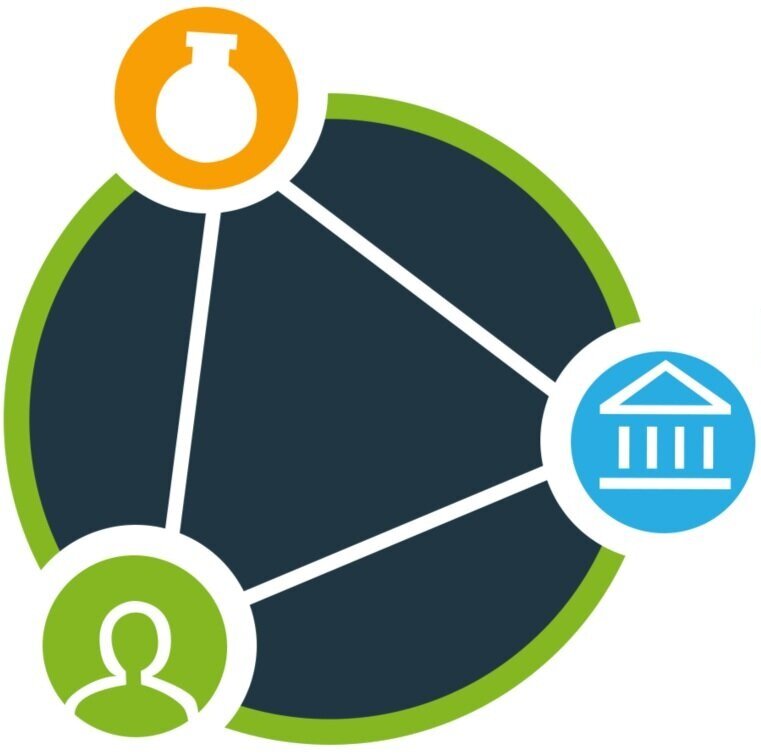-
Seeking a company specialised in creating science-based materials for the general public, for joint EU project applications
Project Proposal
For joint EU project applications, I am searching for an EU-located company specialized in the production of science-based materials aiming the gen...
Learn more... -
MSCA4Ukraine 2024: Public Administration
Project Proposal
Are you a Ukrainian researcher in the field of public administration or public management? Are you specifically interested in topics such as innova...
Learn more...
-
Set of Practical recommendations for Citizen Science practitioners (TIME4CS Statement)
The TIME4CS consortium has developed a statement to promote institutional change to support citizen science. The statement aims to support and faci...
-
Dydas, an innovative AI and BigData platform
The DYDAS project involved the creation of a platform capable of handling large volumes of dynamic data, enabling the public sector and industry to...
-
Reflection tool for Institutional Changes in Citizen Science
The TIME4CS Reflection tool for institutional changes in Citizen Science (CS) is dedicated to anyone that would like to pursue sustainable institut...



